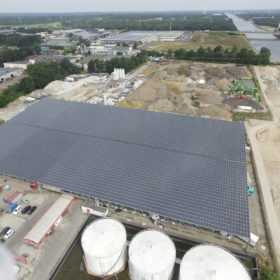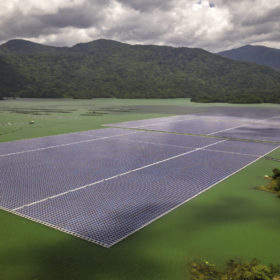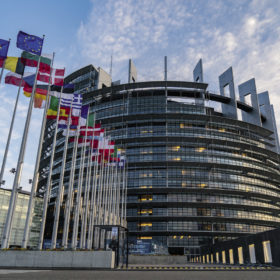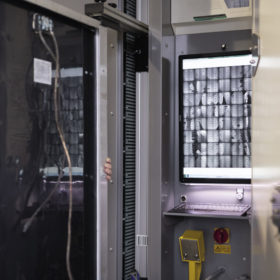Making solar sizzle
What is circular manufacturing, why is it important, and how is it being applied in the solar and storage industries? pv magazine’s UP initiative investigates.
pv magazine test
June 2020 results
Energy supply in an archipelagic nation
Mobile electricity storage systems (MESS) – batteries that are charged and then transported – could offer one of the best scenarios for electrification across the vast Indonesian archipelago, which spans more than 17,000 islands. A team at the University of Indonesia is working with multiple government agencies to bring the idea to scale and provide affordable electricity to rural Indonesians.
Final thought – Utilities’ clean embrace
Julia Hamm, president and CEO, Smart Electric Power Alliance
On the road with pv magazine
Where we’re going: Solar Solutions, Amsterdam The solar solutions show returns to Expo Haarlemmermeer in Amsterdam from March 17-19 and will bring together 250 exhibitors and more than 13,000 visitors to provide a snapshot of one of Europe’s leading solar markets. Ambitious targets and limited land availability have made the Netherlands a leader in floating […]
Developing the future: the mainstreaming of solar PV
From playing a key role in facilitating the scaling of the solar sector, to opening new markets and enabling grid and energy storage technologies, multilateral financial institutions have been an important part of the ongoing global energy transition. And as Felicia Jackson writes from London, with the expansion of “green banks” and clean-energy lending, the role of these institutions is only set to expand.
Greening finance
The world is watching to see whether signatories to the Paris Agreement can increase emission reduction targets to match the 1.5°C goal. While Covid-19 and oil shocks rock the markets and delay negotiations, if the financial community is given the correct information, tools and frameworks to shift its focus, the transition to a low carbon greener future may yet be assured. Felicia Jackson in London explores the implications of the EU’s Climate Law and the Green Deal that it promotes.
Sustainable finance: reassessing risk, purpose
The global Covid-19 crisis has had a tumultuous impact on the global economy. It has brought investment risk and purpose into sharp focus, while also bolstering sustainable finance. But what does it mean for solar? Felicia Jackson reports from London on the evolving investment landscape, with climate and social impacts becoming more prominent in financial decision making.
Older modules for reuse, not refuse
Faulty modules and failures can destroy a PV project’s economics. But the modules themselves should not be destroyed, argues Eszter Voroshazi, the R&D manager of photovoltaics and energy systems at imec. She believes that modules can find a useful second life in price-sensitive solar markets.
Climate data to the people
It’s a fake news story that has long circulated in the energy space: Solar and wind often have a higher overall carbon footprint than the conventional sources they are supposed to replace. But a quick look at widely available evidence is more than enough to debunk this, writes Rocky Mountain Institute’s Paolo Natali. Whichever study you turn to, the results are in the few dozen grams per kWh at most, compared to 400g/kWh to 500g/kWh for natural gas, and 1kg/kWh for coal. Information on carbon footprints that can be compared between industries is hard to come by, but it is increasingly important to investors. Universal standards could provide a first step toward the creation of truly green commodity markets.










